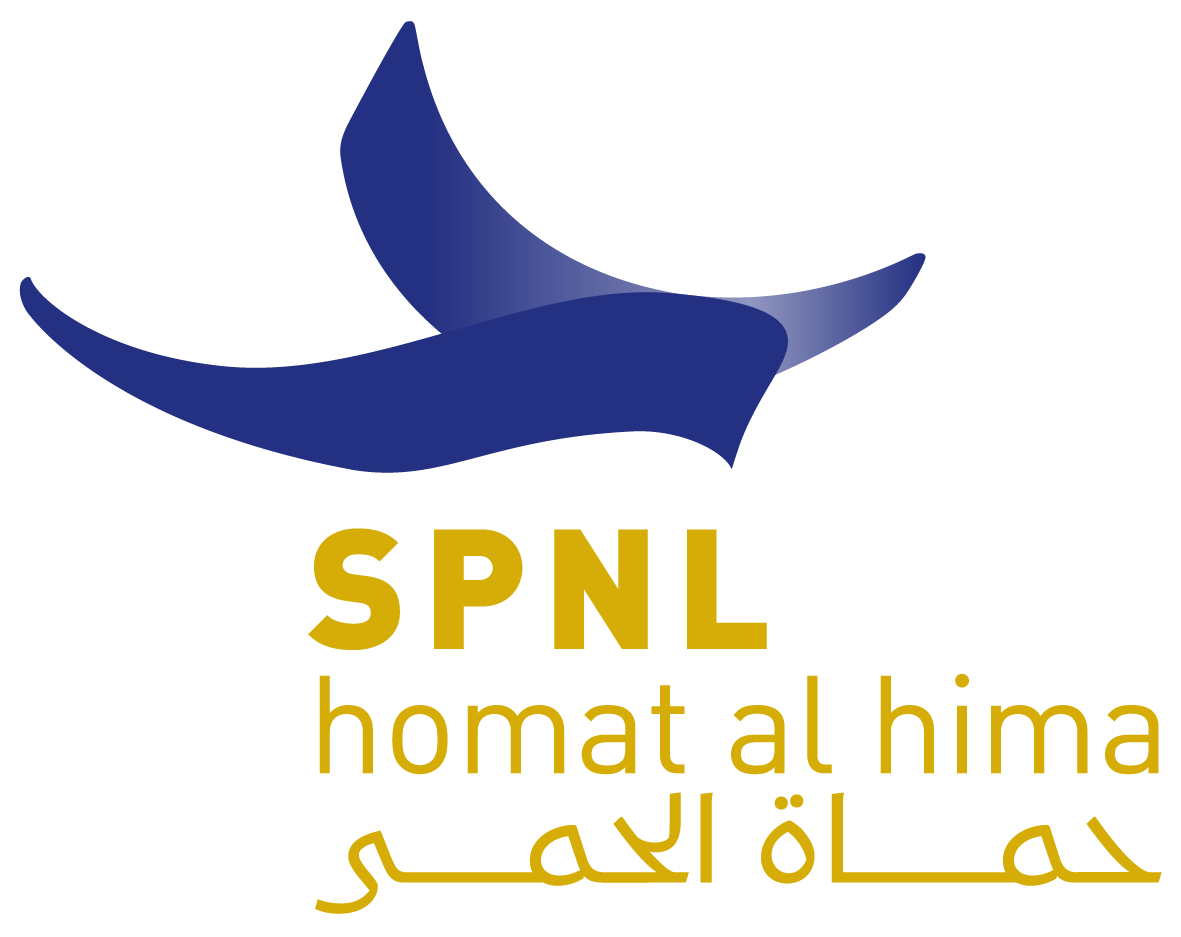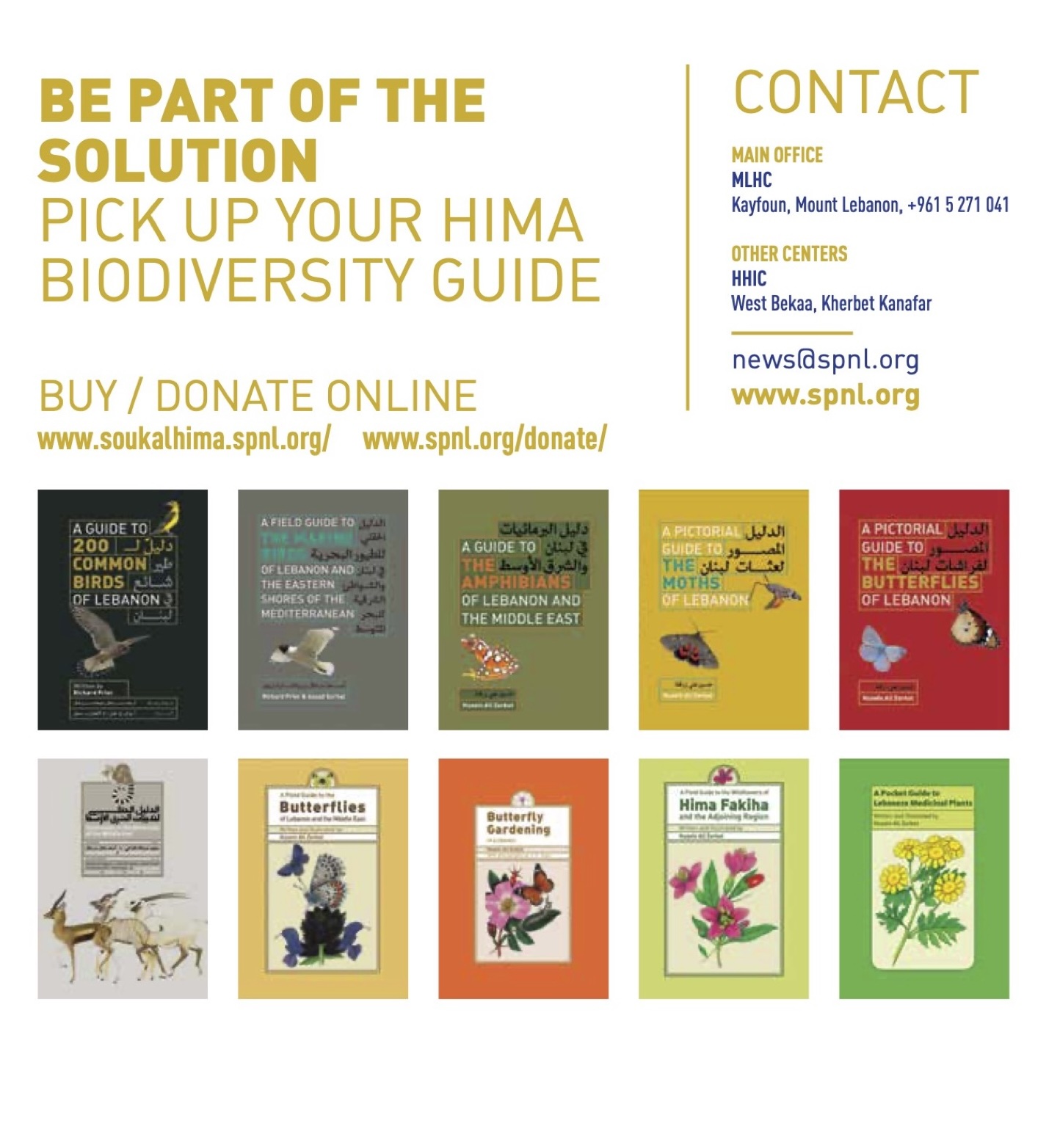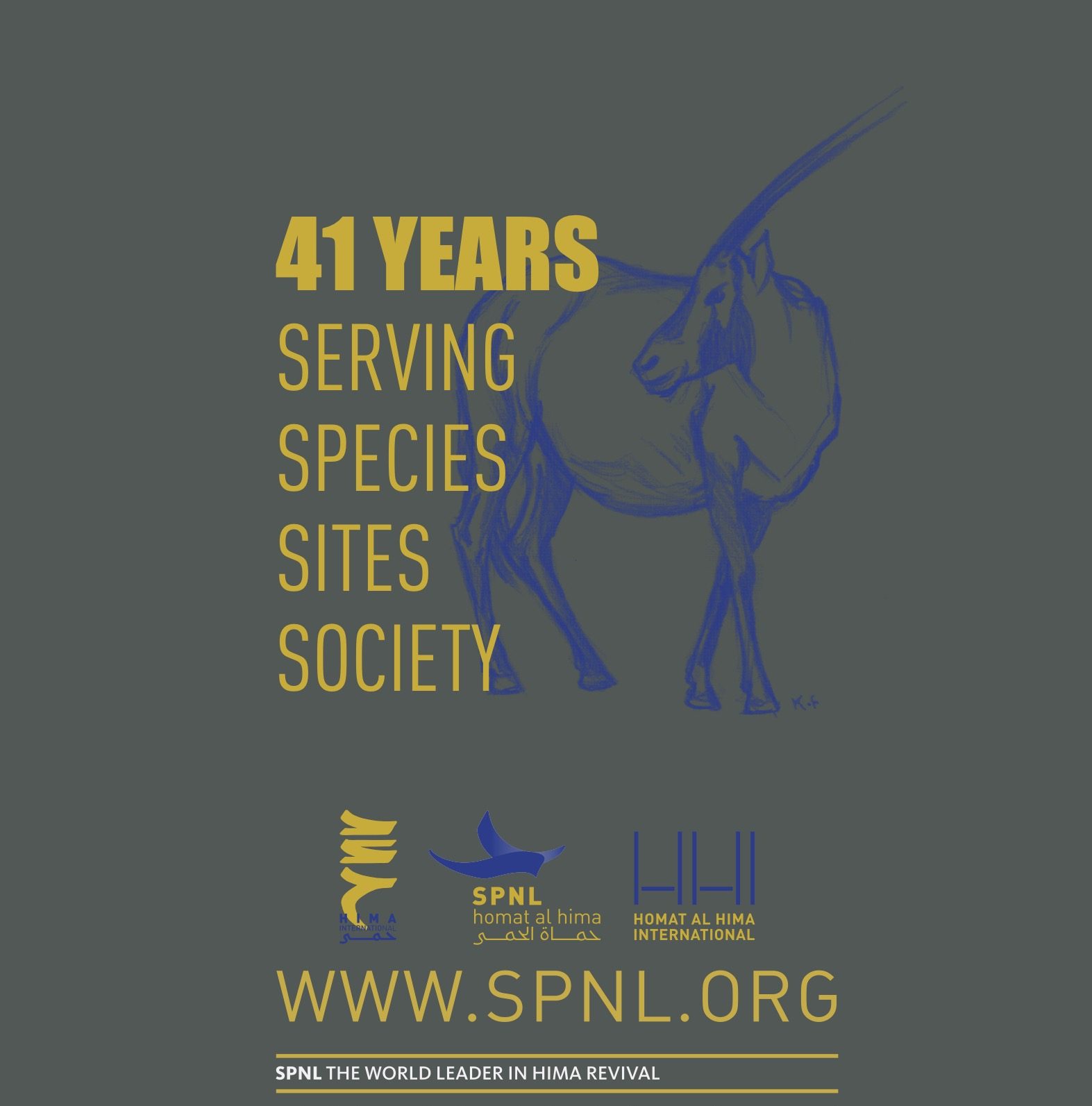By Maher Osta, SPNL field officer
Anahita is the name of the ancient Persian goddess of fertility, water, health, healing, and wisdom, so how come that I met her? Although the Anahita that I met could fly across borders and continents like she owned the planet and her ancestors were worshiped by the pharaohs of ancient Egypt, she is not a goddess. She’s an Egyptian Vulture, one of Europe’s rarest birds. Listed as “endangered” on the IUCN red list of endangered species, this species is facing extinction due to the many threats to its survival, and the fact that it is a long distance migrant makes mitigating those threats a nightmare to the environmentalists involved in saving this species, the same environmentalists who named this particular individual “Anahita” in their usual manner of giving names to the Egyptian vultures that they tag and fit with GPS transmitters.



Anahita’s story began with her father “Boris” who is a fine specimen of the Egyptian Vulture population that resides in the Balkan area. Boris was tagged with a GPS transmitter in 2015 by the Bulgarian society for the protection of birds BSPB, and they tracked his movements ever since. Boris is known among his followers as being a “very experienced bird” as Volen from BSPB told me. “He is famous for his very fast migration, and he is one of the first EVs to return to his homeland in the spring, spending only about four weeks in migration” he said, referring to Boris’s migration between Europe and Africa twice yearly like all the Balkan population of EVs does. Anahita’s mother is not tagged nor fitted with a transmitter, thus she has no name. But, the guys at BSPB know her well and can recognize her instantly because of some special marking on her face. In this year (2020) the couple laid only one egg, and out of this single egg Anahita hatched in early June. As a single child, she got all the attention and love that her parents had to offer. But, that changed on the 5th of August when the experts from BSPB gave her not only a tag and transmitter, but also a new sister. Neli was born in captivity as part of a captive breeding program designed to help increase the population of those endangered birds, and at that August day she was taken to be fostered by Anahita’s parents to become a wild bird. Anahita instantly accepted Neli as her sister and they were both fed and taken care of by Boris and his wife. They spent 20 days in the nest together after which Anahita learned to fly and started exploring the area around the nest (her father’s territory). On the 10th of September, at about three months of age, Anahita started her epic journey towards Africa.

Taking the route of her ancestors, she was driven by her migrating instinct. Under the watchful eyes of her followers from BSPB who are tracking her transmitter, she flew over Turkey a few days later and was seen by our Turkish colleagues from DD (Doga Dernegi) when she passed over their observation site in Sarimazi (Southern Turkey). After six days from the start of her journey she reached Lebanon. On Friday the 18th of September SPNL got an Email from BSPB alerting us that one of the tagged EVs stopped moving on the 16th of September at 15:02 local time near the village of Douar in Mount Lebanon, and after that the transmitter was probably put inside a building where it stopped transmitting until it was moved again at night to a place 300 meters away from the first place where it gave its last moving signal from. This entire scenario led us to the only logical conclusion: the bird was shot. Under the instructions from our director general Assad Serhal, Adonis Khatib the head of our anti-poaching unit moved quickly but cautiously. He alerted the local police and the ISF headquarters who showed their willingness to cooperate to the max.



One hour later Adonis sent me a picture of the bird; it was still alive, badly injured, but still alive. I donned my clothes as fast as I could and, to my surprise, my fourteen year old daughter Aya already changed her clothes and she beat me to the door. “I want to document this” she said. It took us less than one hour to reach the place, and I really can’t remember how I drove this fast in the traffic while still communicating with the team through Aya who was in charge of my phone while I was driving. Adonis was there on the dirt road leading to the small farm that the bird was in. Next to him was a young man who seemed very friendly and full of smiles. Adonis introduced him to me as the son of the guy who found the injured EV. We climbed some makeshift wooden stairs to the rooftop of the small building, and there she was. Feathers fluffed, and badly injured (both physically and psychologically), Anahita was barely standing on both legs. She seemed more like a sick chicken than a Persian goddess. “What have they done?” was the first thought that crossed my mind when I met Anahita.

Poaching is a major problem in Lebanon, and SPNL was, and still is, spearheading the fight against this problem alongside other organizations and even the Lebanese ethical hunters who are fed up with what they see in the fields everyday during the migration seasons. The latest, but not the last, victim of this problem happened to be Anahita, a young bird with a transmitter and a story. Sadly, millions of other birds without known and well-documented stories are being illegally killed each year on Lebanese soils. We need to summon all our efforts and the help we can get to stop the massacres. Anahita, Boris, and Neli (Neli is still near the nesting site, and soon may come to Lebanon) need us, and we need to be strong for them. What happened to Anahita, Will she make it, You may ask? Well, that’s a story in the making. We’re keeping our fingers crossed and praying that she’ll survive. We’ll keep you posted.
More about the EV New LIFE project you can find on http://www.lifeneophron.eu/

The Partners and Donors







